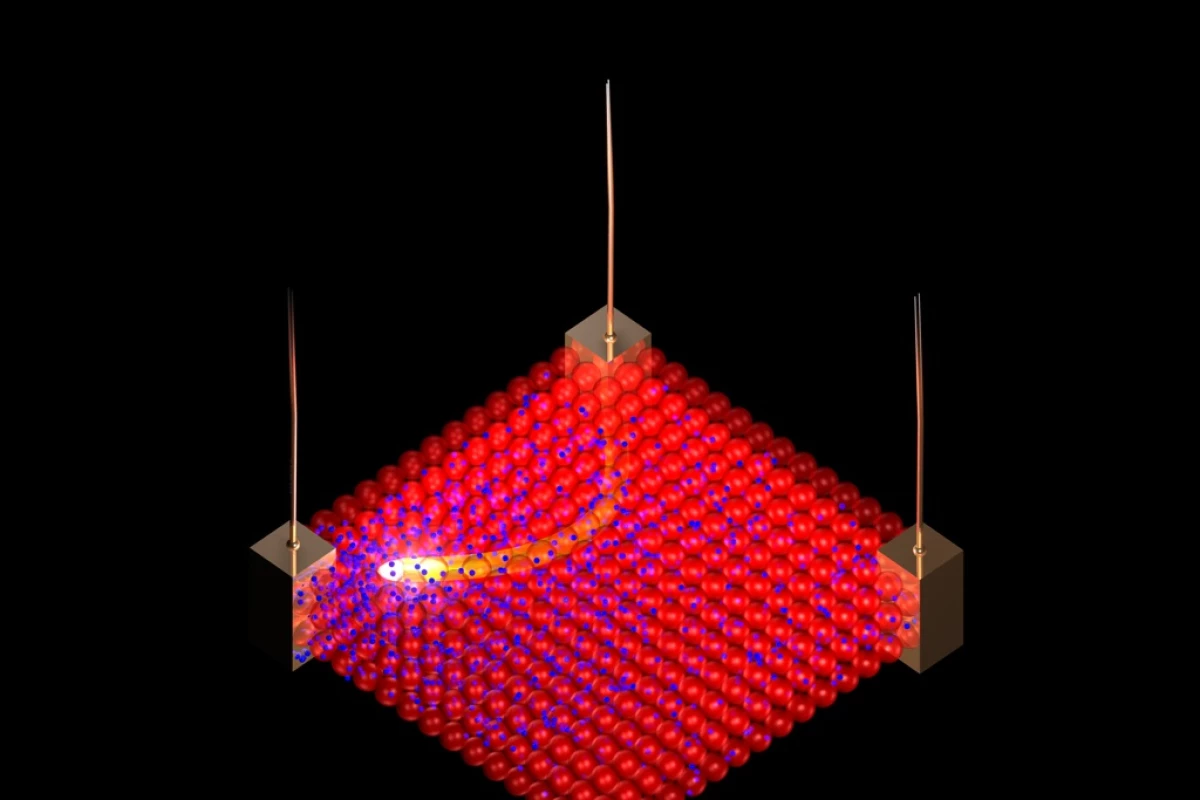By now, we're all fairly used to electronic devices such as smartphones, which can act as a mobile phone, computer, camera and navigation unit all at once. These devices, while multi-functional, still use different hard-wired electrical circuits for their different functions. Thanks to research being carried out at Chicago's Northwestern University, however, all those functions may one day be able to utilize the same physical piece of electronic material - the electrical current would simply be "steered" through it differently, depending on what was needed. This means that a single section of the material could act as a resistor, rectifier, diode or transistor, as instructed by a computer.
The hybrid material is made up of five-nanometer-wide electrically conductive particles, coated with a positively charged chemical. A sea of negatively-charged atoms surrounds these particles, balancing out their positive charge. When an electrical current is applied, the small negative atoms can be moved, while the larger positive particles stay put.
Depending on how the atoms are moved around within the material, areas of high and low conductance are created. By arranging these areas strategically, pathways are created for electrons to follow through the material. These pathways can be erased simply by rearranging the atoms, and then new pathways can be formed. Multiple pathways can carry electrons through the same block of material at one time, even flowing in opposite directions.
For more complex electronics, multiple types of particles could be incorporated.
A paper on the new technology, which the Northwestern researchers refer to as "nanoparticle-based electronics," was just published in the journal Nature Nanotechnology.




